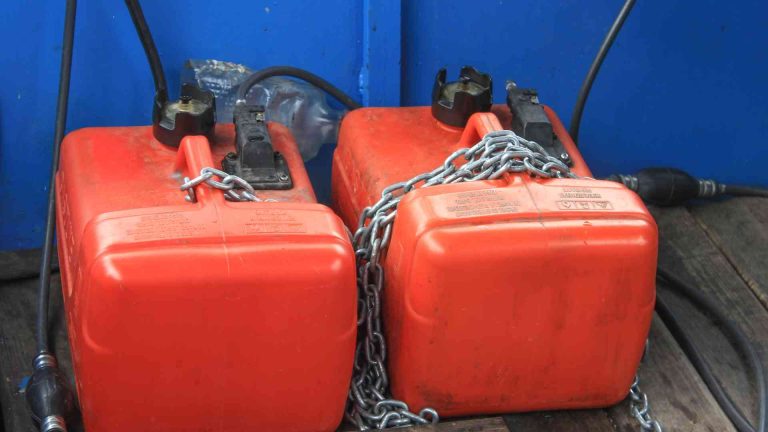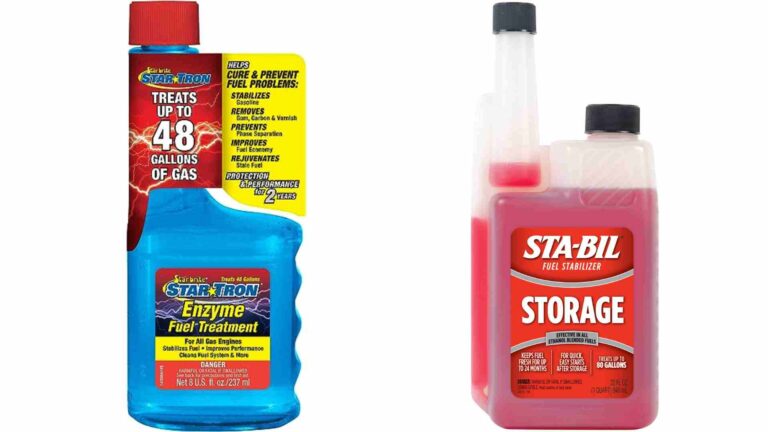National Safe Boating Week: 10 Tips for a Safe Voyage
National Safe Boating Week is an annual event that aims to raise awareness about the importance of safe boating practices. Whether you’re a seasoned captain or a new boater, this week serves as a reminder to prioritize safety on the water. Here are ten essential tips to ensure your voyage is both enjoyable and safe.
1. Wear a Life Jacket
- Why It’s Important: Wearing a life jacket is the simplest and most effective way to prevent drowning. According to the U.S. Coast Guard, 84% of drowning victims in recreational boating accidents were not wearing a life jacket.
- Price and Specs: Life jackets come in various types and prices. Basic models can start at $20, while more advanced, inflatable options with automatic inflation features can range from $80 to $150. Look for U.S. Coast Guard-approved models that fit properly and are appropriate for your activity.
2. Take a Boating Safety Course
- Why It’s Important: A boating safety course will teach you the fundamentals of navigation, emergency procedures, and safety regulations. Some states require completion of a boating safety course to operate certain types of vessels.
- Price and Specs: Courses can be taken online or in-person, with prices ranging from $20 to $50. The U.S. Coast Guard Auxiliary and organizations like the American Boating Association offer reputable courses.
3. Check the Weather Before You Go
- Why It’s Important: Weather conditions can change rapidly, and what starts as a sunny day can quickly turn into a dangerous situation with strong winds and waves. Always check the weather forecast before setting out.
- Tools and Costs: There are many free apps like NOAA Weather Radar and Windy that provide real-time weather updates. Investing in a marine weather radio, which can cost between $50 and $200, is also advisable for more accurate and timely updates.
4. Perform a Pre-Departure Checklist
- Why It’s Important: A pre-departure checklist ensures that you have all necessary equipment and that everything on your boat is functioning correctly. This includes checking fuel levels, engine oil, navigation lights, and emergency supplies.
- Tools and Costs: Creating your checklist is free, but maintaining equipment like a fire extinguisher ($20-$40), flares ($15-$30), and a first aid kit ($20-$50) may incur additional costs.
5. Use the Engine Cut-Off Switch
- Why It’s Important: The engine cut-off switch, or kill switch, is a safety device that shuts off the engine if the operator is thrown from the helm. This prevents the boat from becoming a runaway hazard.
- Price and Specs: Many newer boats come with an engine cut-off switch installed. If your boat doesn’t have one, you can purchase a lanyard-style kill switch for $15-$50.
6. Avoid Alcohol While Boating
- Why It’s Important: Alcohol impairs judgment, balance, and reaction time, increasing the risk of accidents on the water. The U.S. Coast Guard reports that alcohol is a leading contributing factor in fatal boating accidents.
- Costs: The cost of avoiding alcohol is simply a matter of choosing non-alcoholic beverages, but the potential savings in preventing accidents and avoiding fines is priceless.
7. Keep a Proper Lookout
- Why It’s Important: Maintaining awareness of your surroundings helps prevent collisions with other vessels, swimmers, or obstacles. Designate a passenger to help keep watch if possible.
- Tools and Costs: Investing in binoculars for better visibility can range from $20 to $150. Many boaters also install radar systems, which can cost from $500 to over $2,000, depending on the model.
8. Communicate Your Float Plan
- Why It’s Important: A float plan is a document detailing your boating trip, including your departure and arrival times, route, and the names of all passengers. Leaving this with someone on shore ensures that authorities have all the information needed to locate you in case of an emergency.
- Tools and Costs: Preparing a float plan is free, but you can use online templates or apps to make the process easier. Some marine communication devices, such as satellite phones, can cost from $300 to over $1,000, offering an extra layer of safety.
9. Know and Follow Navigation Rules
- Why It’s Important: Just like on the road, there are rules on the water to prevent collisions and accidents. Understanding right-of-way rules, buoy markers, and navigation lights is crucial for safe boating.
- Price and Specs: The U.S. Coast Guard’s “Navigation Rules and Regulations Handbook” can be purchased for around $15, or you can access this information online for free.
10. Maintain Your Boat
- Why It’s Important: Regular maintenance of your boat’s engine, electrical systems, and hull ensures that your vessel is seaworthy and reduces the risk of breakdowns or accidents while out on the water.
- Price and Specs: Routine maintenance can vary in cost, depending on the size and type of your boat. Basic annual maintenance, including oil changes and inspections, can range from $200 to $500. More extensive repairs may cost significantly more, depending on the nature of the work.
Conclusion
National Safe Boating Week is a reminder that safety should always come first on the water. By following these ten tips, you can ensure that your time on the water is not only enjoyable but also safe. Investing in the right equipment and knowledge is a small price to pay for the peace of mind that comes with knowing you’re prepared for any situation. Safe boating is everyone’s responsibility—let’s make every voyage a safe one.
Happy Boating!
Share National Safe Boating Week: 10 Tips for a Safe Voyage with your friends and leave a comment below with your thoughts.
Read South Carolina Boating Guide: 6 Spots to Boat in South Carolina until we meet in the next article.






